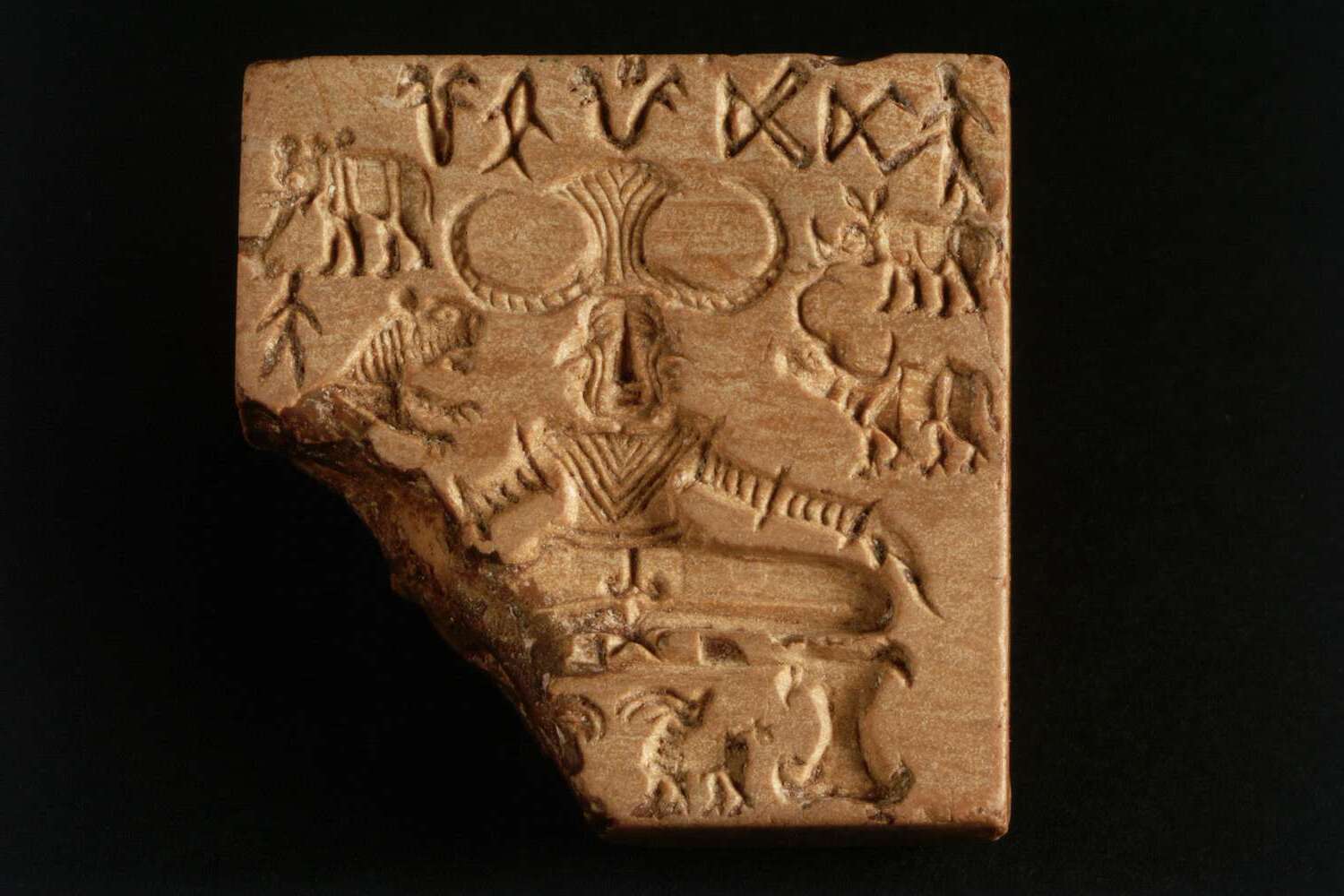
Did you know the Achaemenid Empire once stretched its mighty hand into the Indus Valley? This ancient empire, founded by Cyrus the Great, wasn't just content with ruling Persia. They ventured far and wide, and their conquests included parts of modern-day Pakistan. The Achaemenid invasion of the Indus Valley brought significant changes to the region, influencing culture, trade, and governance. Imagine a time when Persian satraps governed these lands, blending Persian and local traditions. This fascinating chapter in history reveals how interconnected ancient civilizations were, even thousands of years ago. Ready to dive into some intriguing facts about this historical event? Let's get started!
Key Takeaways:
- The Achaemenid Empire, led by Cyrus the Great, expanded into the Indus Valley around 518 BCE under Darius I. This conquest brought cultural exchange, trade, and Persian influence to the region.
- The Achaemenid invasion of the Indus Valley introduced Persian art, architecture, and administrative practices, leaving a lasting legacy on the region's culture and history. It also paved the way for future conquests by Alexander the Great.
The Achaemenid Empire's Expansion
The Achaemenid Empire, founded by Cyrus the Great, was one of the largest empires in ancient history. Its expansion into the Indus Valley marked a significant chapter in its history.
- The Achaemenid Empire, at its height, stretched from the Balkans to the Indus Valley.
- Cyrus the Great, the founder of the Achaemenid Empire, initiated the expansion into the Indus Valley.
- The invasion of the Indus Valley occurred around 518 BCE under Darius I.
- Darius I, also known as Darius the Great, was the third king of the Achaemenid Empire.
- The Achaemenid Empire's expansion into the Indus Valley included parts of modern-day Pakistan and northwest India.
The Conquest of the Indus Valley
The conquest of the Indus Valley by the Achaemenids was a strategic move to control trade routes and resources.
- The Achaemenid invasion aimed to control the rich resources of the Indus Valley.
- The Indus Valley was known for its fertile land and advanced urban centers.
- The Achaemenids established the province of Hindush in the conquered territory.
- Hindush was one of the twenty satrapies (provinces) of the Achaemenid Empire.
- The satrapy system allowed the Achaemenids to effectively govern their vast empire.
Cultural and Economic Impact
The Achaemenid rule brought significant cultural and economic changes to the Indus Valley.
- The Achaemenid administration introduced Persian art and architecture to the Indus Valley.
- The use of Aramaic as the administrative language was implemented by the Achaemenids.
- The Achaemenid Empire facilitated trade between the Indus Valley and other parts of the empire.
- The introduction of standardized weights and measures improved trade efficiency.
- The Achaemenid road system connected the Indus Valley to the rest of the empire.
Military Strategies and Tactics
The Achaemenid military strategies and tactics played a crucial role in their successful invasion of the Indus Valley.
- The Achaemenid army was known for its use of cavalry and archers.
- The Achaemenids employed a strategy of rapid and decisive attacks.
- The use of war elephants by the Achaemenids was a significant advantage.
- The Achaemenid navy supported their military campaigns in the Indus Valley.
- The Achaemenid military engineering skills were used to build fortifications and bridges.
Legacy of the Achaemenid Invasion
The legacy of the Achaemenid invasion of the Indus Valley can still be seen today in various aspects of the region's culture and history.
- The Achaemenid influence on the region's art and architecture is evident in archaeological findings.
- The administrative practices introduced by the Achaemenids influenced subsequent empires.
- The Achaemenid road system laid the foundation for future trade routes in the region.
- The cultural exchange between the Achaemenids and the people of the Indus Valley enriched both civilizations.
- The Achaemenid invasion paved the way for future conquests by Alexander the Great.
Notable Figures and Events
Several notable figures and events played a key role in the Achaemenid invasion of the Indus Valley.
- Scylax of Caryanda, a Greek explorer, was sent by Darius I to explore the Indus River.
- The Battle of the Hydaspes River was a significant conflict during the Achaemenid invasion.
- The Achaemenid satraps, or governors, played a crucial role in administering the conquered territories.
- The construction of the Royal Road facilitated communication and trade within the empire.
- The Achaemenid invasion of the Indus Valley is documented in various ancient texts and inscriptions.
Final Thoughts on the Achaemenid Invasion
The Achaemenid Invasion of the Indus Valley left a lasting mark on history. This event brought significant cultural exchanges, trade, and administrative changes. The Persians introduced new governance systems, which influenced local practices. They also facilitated the spread of Zoroastrianism and other Persian customs.
Despite the challenges faced by the local populations, the invasion led to a blend of Persian and Indian cultures. This fusion is evident in art, architecture, and language. The Achaemenid Empire's impact on the Indus Valley is a testament to the interconnectedness of ancient civilizations.
Understanding these historical events helps us appreciate the complexities of cultural interactions. The Achaemenid Invasion reminds us that history is not just about conquests but also about the exchange of ideas and traditions. This period remains a fascinating chapter in the story of human civilization.
Frequently Asked Questions
Was this page helpful?
Our commitment to delivering trustworthy and engaging content is at the heart of what we do. Each fact on our site is contributed by real users like you, bringing a wealth of diverse insights and information. To ensure the highest standards of accuracy and reliability, our dedicated editors meticulously review each submission. This process guarantees that the facts we share are not only fascinating but also credible. Trust in our commitment to quality and authenticity as you explore and learn with us.


